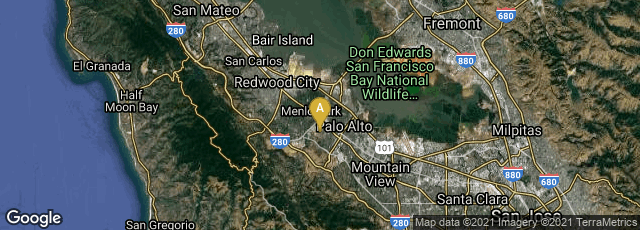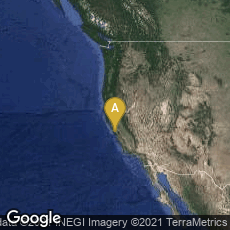

A: Stanford, California, United States
Marc Levoy and team began The Digital Michelangelo Project at Stanford University in 1998 using laser scanners to digitize the statues of Michelangelo, as well as 1,163 fragments of the Forma Urbis Romae, a giant marble map of ancient Rome.
The quality of the scans was so high that the Italian government would not permit the release of the full data set on the Internet; however, the Stanford researchers built a system called ScanView that allowed viewing of details of specific parts of the statue, including parts that would be inaccessible to a normal museum visitor. In December 2013 Scanview could be downloaded at this link.
The laser scan data for Michelangelo's David was utilized in its cleaning and restoration that began in September 2002. This eventually resulted in a 2004 book entitled Exploring David: Diagnostic Tests and State of Conservation.
"In preparation for this restoration, the Galleria dell'Accademia undertook an ambitious 10-year program of scientific study of the statue and its condition. Led by Professor Mauro Matteini of CNR-ICVBC, a team of Italian scientists studied every inch of the statue using color photography, radiography (i.e. X-rays), ultraviolet fluorescence and thermographic imaging, and several other modalities. In addition, by scraping off microsamples and performing in-situ analyses, the mineralogy and chemistry of the statue and its contaminants were characterized. Finally, finite element structural analyses were performed to determine the origin of hairline cracks that are visible on his ankles and the tree stump, to decide if intervention was necessary. (They decided it wasn't; these cracks arose in 1871, when the statue briefly tilted forward 3 degrees due to settling of the ground in the Piazza Signoria. This tilt was one of the reasons they moved the statue to the Galleria dell'Accademia.)
"The results of this diagnostic campaign are summarized in the book Exploring David . . . . The book, written in English, also contains a history of the statue and its past restorations, a visual analysis of the chisel marks of Michelangelo as evident from the statue surface, and an essay by museum director Franca Falletti on the difficulties of restoring famous artworks. . . .
"Aside from its sweeping scientific vision, what is remarkable about this book is that many of the studies employed a three-dimensional computer model of the statue - the model created by us during the Digital Michelangelo Project. Although we worked hard to create this model, and we envisioned 3D models eventually being used to support art conservation, we did not expect such uses to become practical so soon. After all, our model of the David is huge; outside our laboratory and a few others in the computer graphics field, little software exists that can manipulate such large models. However, with help from Roberto Scopigno and his team at CNR-Pisa, museum director Franca Falletti prodded, encouraged, and cajoled the scientists working under her direction to use our model wherever possible. We contributed a chapter to this book, on the scanning of the statue, but we take no credit for its use in the rest of the book. In fact, to us at Stanford University, the timing of our scanning project relative to the statue's restoration and the creation of this book seems merely fortuitious. However, Falletti insists that she had this use of our model in mind all along! In any case, this is a landmark book - the most extensive use that has ever been made of a 3D computer model in an art conservation project" (http://graphics.stanford.edu/projects/mich/book/book.html, accessed 12-23-2009).
On July 21, 2009 the team announced that they had a "full-resolution (1/4mm) 3D model of Michelangelo's 5-meter statue of David", containing "about 1 billion polygons."